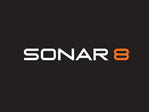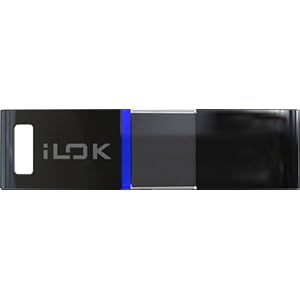While hooking up my M-Audio Keystation Pro 88 to my laptop, and trying to iron-out my music-making workflow, I stumbled upon a big problem: I could not find the sustain pedal event being recorded into FL Studio!
I Googled "FL Studio sustain pedal events". One of the results that came out was this startling article from KeyboardMagazine:
http://www.keyboardmag.com/article/on-a-roll-in-fl-studio/1885
The thing that so surprised me was that FL Studio does not record pedal events! The events get translated into note durations upon real-time recording. In other words you cannot record notes without sustain, then drop into recording again to "touch up" on a few sustains that you failed to record into the take the first time round.
To me that is a very frustrating thing. I was expecting the sustain to be recorded on controller #64, and graph-ed out on the editor in a manner that's very close to the velocity graph.
The reason why I have not realised this, was because during these few months working with FL Studio, I was mostly using my Korg Nanokey2. Thus I did not use any sustain pedals. I worked around it by holding the notes for the actual durations.
I am very used to working with sustain pedal information, since the days of Cakewalk 2.0. I have always used Cakewalk (and Sonar) with hardware MIDI instruments. Now that I've switched to mainly virtual instruments, I find Cakewalk Sonar to be a bit unwieldy when it comes to setting up virtual instrument tracks. Maybe I am not doing it right. We shall see...
This is not to say that FL Studio does not have its merits. I love the ease it interfaces with plugins, and how easy it is to route data from midi ports to instruments channels and even as a peripheral input signal on certain plugins (like Vocalizer). FL Studio also easily interfaces with my Keystation Pro 88's shuttle controls like play, record and rewind buttons. (I had to set the Keystation up as another M-Audio product, like the Axiom)
I also like the amount of expression the user has on FL Studio, especially the portamento and notes slides. This is especially useful for guitar leads and bass. However, that does not always work on all instruments, especially plugins that are not from Image-Line.
This changes things. This may totally put me off FL Studio. Like I said, FL Studio is fine, but I need more control over sustain that is especially useful for guitars and piano instruments. On top of that, I am trying to get myself to play more like a pianist, so I definitely need to work with sustain.
There is one other reason why I would be short-changing myself if I did not work with sustain MIDI messages. EastWest's Play sampler works with sustain messages. In the piano instrument there is a section for configuring how the player responds to sustain messages. Many piano instruments in the Quantum Leap Pianos have separate articulations for sustain and sustain pedal events.
Maybe I'll give Sonar another try after the wedding. For now I'll stick to working in FL Studio with my Nanokey2 (sounds ridiculous I know, but yes I sort of got used to the smaller sized keys and I am actually more productive using the Nanokey2)































